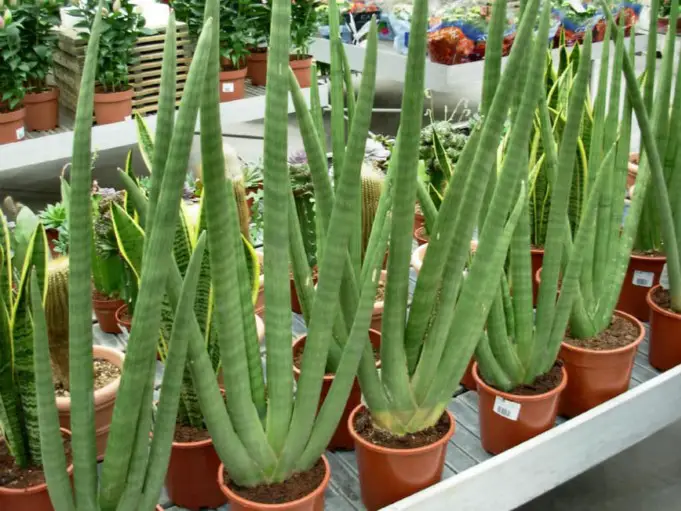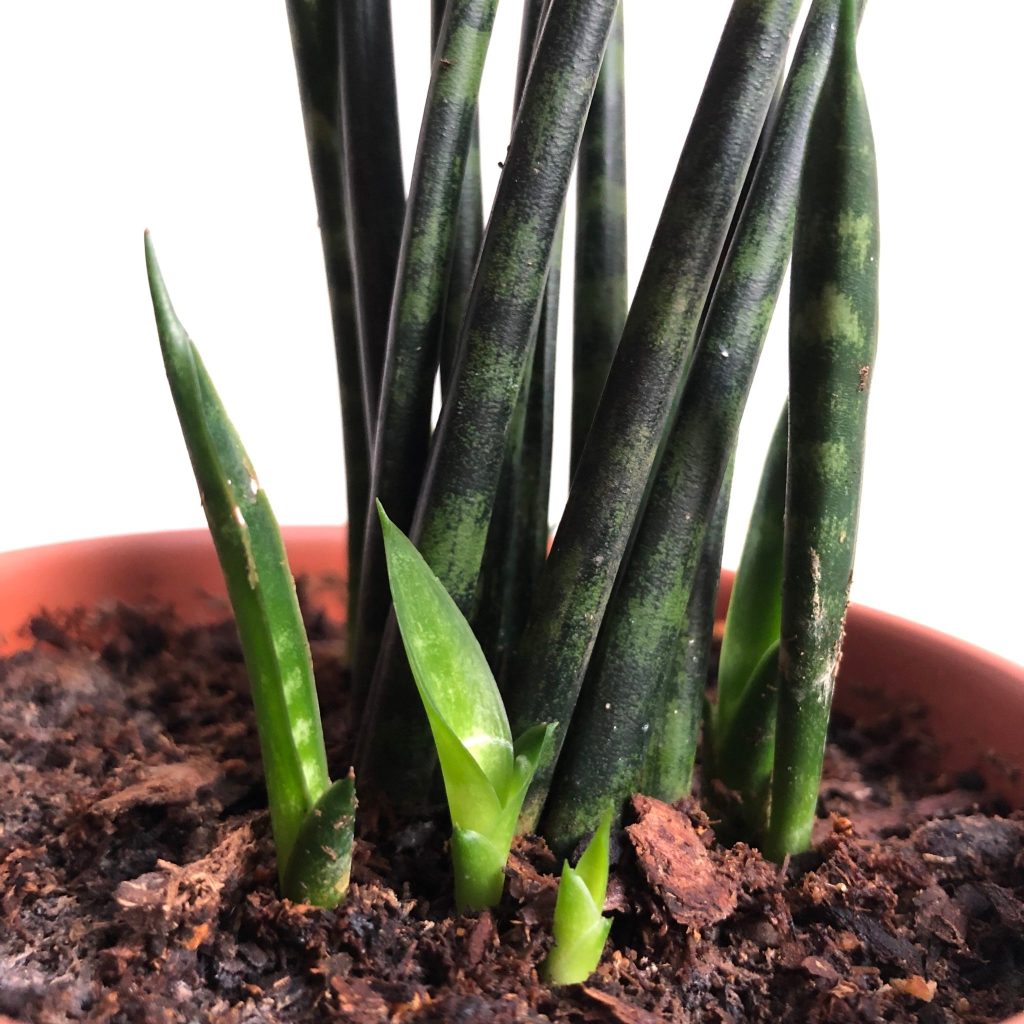Are you looking for a nice plant for your home decorations and air purification? The snake plant is one plant known for giving your home a good look and air quality.
The snake plant is a herbaceous evergreen plant that is peculiar to West Africa and Asia. It is a mildly toxic plant that’s mostly used by people as an ornamental plant. It’s also known as the “mother-in-law’s tongue,” amongst other common names due to its tough nature.
There are different types of snake plants ranging from flat to round leaves, and each varies by region. The cylindrical snake plant is an excellent option if you’re considering getting any specie for your home.
This article covers all you need to know about the cylindrical snake plant and how it can benefit your home or wherever you want to put it.
Overview
The cylindrical snake plant(sansevieria cylindrical) Sansevieria Cylindrica is a type of snake plant that is peculiar to Angola.
Known as the African spear, it is the most unique of all varieties of the snake plant, the stems have a round shape that grows several feet in length, and the leaves of this plant point outward, making it look like a crown. It is a perennial and an evergreen plant and spreads horizontally through an underground rhizome.
The stalks are often braided together and secured with a rope at the top to control its growth, which makes it look more orderly and beautiful. This method is best done when the stalks are still short and tender to make way for easy braiding.
The cylindrical snake plant is mildly toxic; therefore, it should be kept from the reach of children and pets.
Benefits and uses of snake plant
High source of fiber
The snake plant provides a high quality of fiber, which can be used to make ropes, bowstrings, and craft jewelry. This fiber gotten from the leaves are soaked in water for three weeks and then pulled apart.
Eliminates foul odor
A bad or foul smell in the house can be uncomfortable but not uncontrollable, not with the presence of the snake plant. The snake plant helps eliminate bad odor and purifies the air.
Acts as an air purifier
Like every other snake plant, the cylindrical snake plant is a superb air purifier. The air is known to be filled with different particles, including toxins that are detrimental to our health.
Some of these toxins include xylene, benzene, formaldehyde, toluene, and nitrogen oxides. Putting this plant in your home or office can help absorb these toxins from the air, though in smaller quantities.
Releases night time oxygen
Unlike other oxygen-producing plants, the snake plant is unique because it converts a lot of carbon dioxide (CO2) to oxygen (02) at night, making it an ideal plant to have in your bedroom.
In the absence of breathable air, 6 – 8 plants are needed per person to survive (which means you can live in a completely airtight room if you had these plants.
Most plants largely convert CO2 into oxygen during the day (photosynthesis) but takes in oxygen and releases carbon dioxide during the night (respiration).
The cylindrical snake plant can uptake carbon dioxide during the night as well, thanks to their ability to perform a type of synthesis known as Crassulacean Acid Metabolism (CAM).
How to care for the cylindrical snake plant
Snake plants can be maintained and cared for without stress, grows well even with little attention. They can be grown both indoors and outdoors and can thrive in relatively humid environments.
There are a few things to have in mind if you’re considering having a snake plant in your home:
- It requires little water: For the snake plant to survive, it needs less amount of water. Excess watering is a weakness of this plant. Watering should be done when the soil in the pot is completely dried out to ensure that you don’t over water it.
- Humidity and temperature: snake plants should be grown in well-draining soil and mild temperature because extreme temperature causes scarring to the leaves, and excess water causes the roots to decay.
- Indirect sunlight: cylindrical snake plants adapt very well and can resist full sunlight, but in order to thrive properly, indirect sunlight is ideal. For snake plants grown indoors, artificial lighting such as fluorescent bulbs works best to enable it to grow healthy. You could also add more light intensity and duration to enhance faster and vigorous growth.
Problems of the snake plant
Scarring: Scarring is caused by rough handling of the snake plant. The snake plant has smooth leaves and should, therefore, not be left in open spaces where passersby or children playing gets to touch them too much. When the plant is exposed to extreme temperatures, it could also lead to the scarring of the plant.
Bloated and stinky leaves: When snake plants are over watered, it could lead to bloating of the leaves. Excess water to the plants leads to an explosion of the plant cells, which causes bloating and odor. The affected leaves should be removed, and the water problem corrected before it affects the whole plant.
Brown leaves: Leaf Browning can be a sign of a shortage of water supply to the plant. Take out the brown leaves and correct the water problem by watering whenever the soil is dry.
Pest and Diseases
The cylindrical snake plant is also prone to attacks from pests and insects. The common pests of the snake plant are spider mites and mealybugs. These pests can cause injuries to the plants if not controlled.
The former can be controlled by washing them off with water and increasing the humidity around the plant, while the latter can be controlled by handpicking them from the plant and dabbing them in alcohol.
The snake plant is majorly affected by fungi. This is due to the presence of moisture on the leaves of the plant. Red leaf spot and southern blight are the major fungal diseases of this plant. Prophylactic measures should be taken where fungal infections happen.
Methods like keeping the leaves dry, proper watering, and average temperature can also keep your snake plant from diseases.
The Takeout
Snake plants have turned out to be useful and visually appealing at the same time. They can be grown indoors and outdoors, with little care and maintenance. They are also adaptable to most conditions.
Snake plants can also help to filter toxins from the air, a characteristic that can keep you safe and healthy. You could consider having a snake plant in your home or office for both health and decoration reasons. You won’t regret giving space to this beautiful plant.













